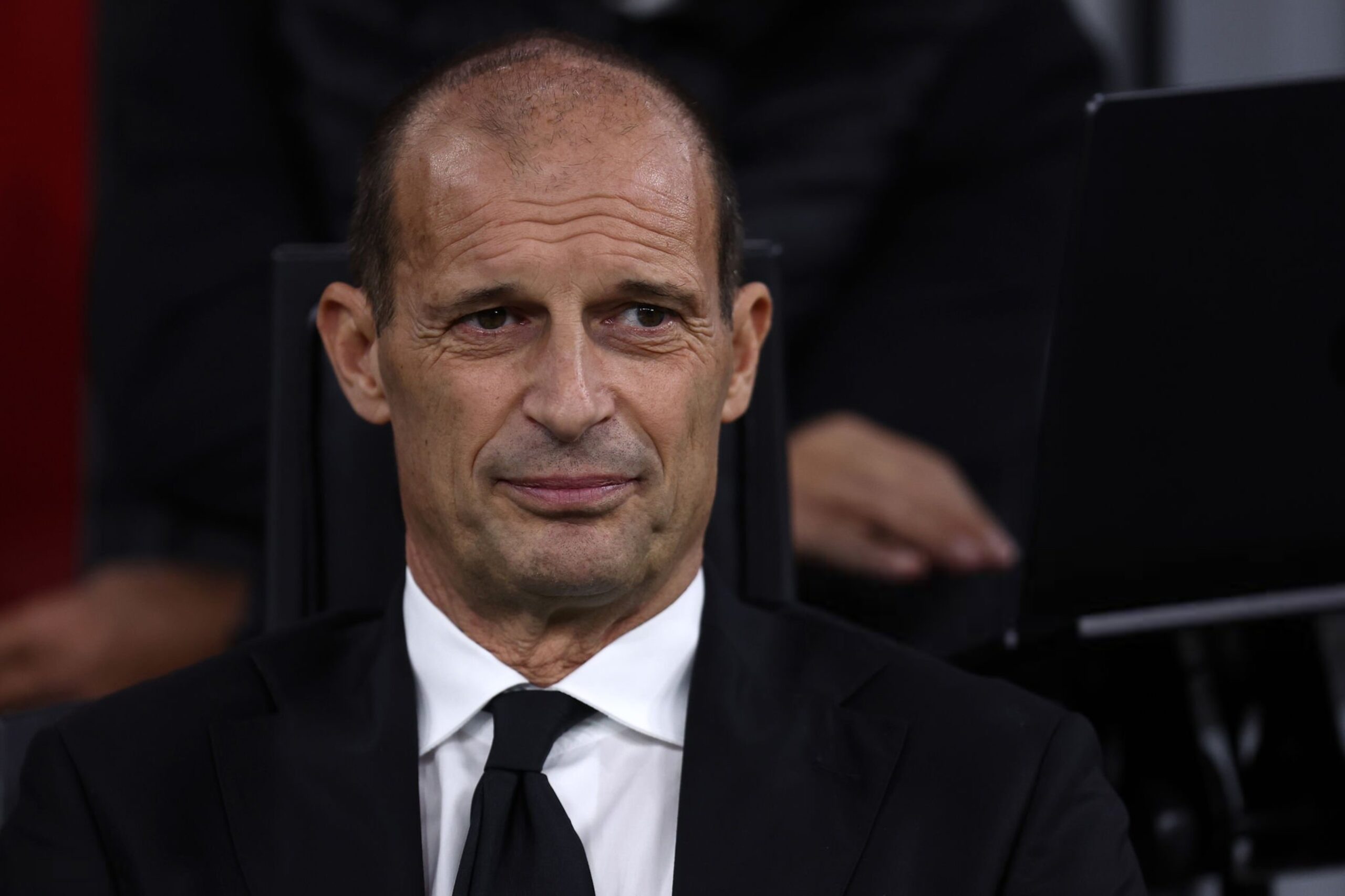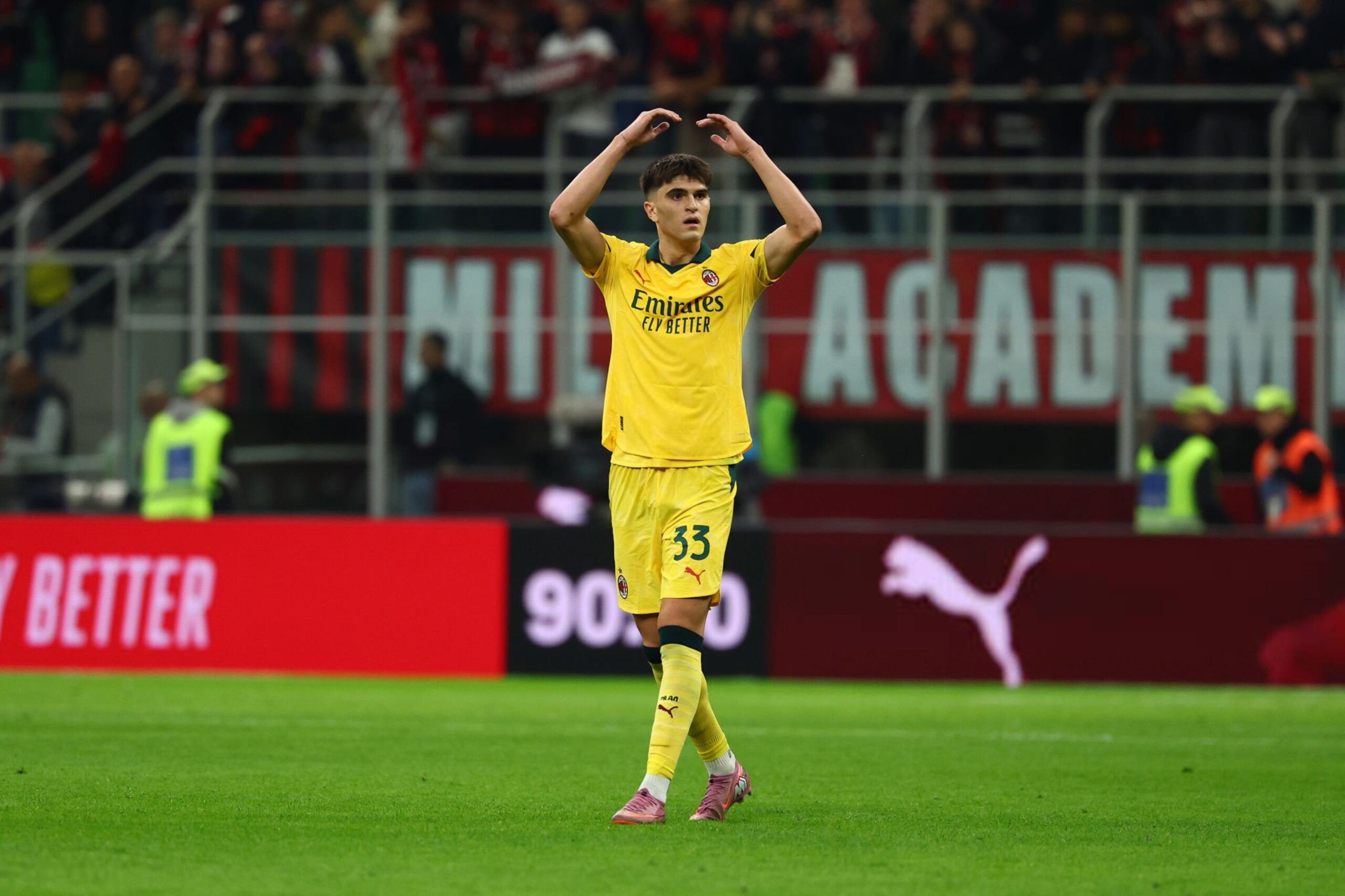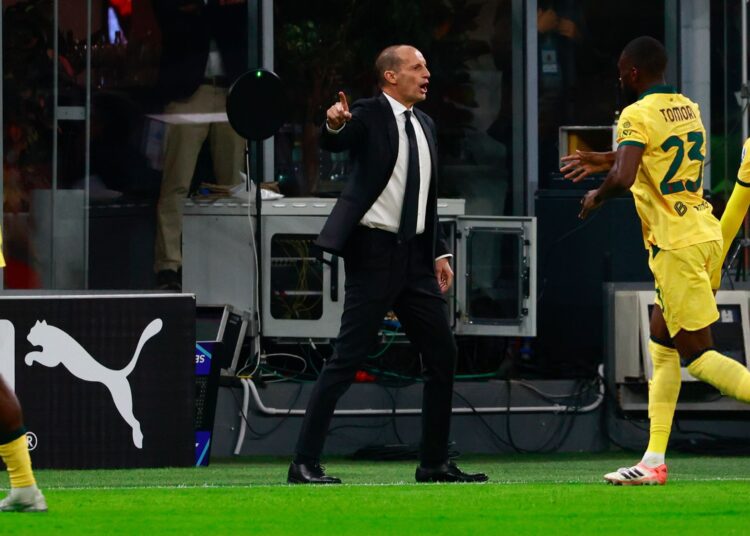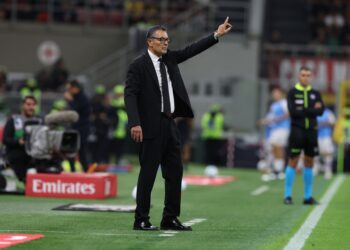Milan are now tight, compact, and focused: no more mistakes.
The cornerstone of the house built by master Max is the defensive phase. The ideal sign hanging at the entrance is clear: “No goals allowed here.” He was right. In Serie A, often, if you manage that, you’re two-thirds of the way there.
For those who have been monitoring the AC Milan fixtures closely , they would notice that Max's team is displaying a fighting spirit in defence and great dedication in order to get positive results. It is all the fruit of strategic planning at Milanello and hard work.

During the summer, Allegri drilled a mantra into the players’ heads, 'feel the danger', and they activated their sensors faster than anyone expected, as relayed via La Gazzetta dello Sport in this morning's print edition.
Milan’s defensive phase follows strict rules: stay tight, compact, with a back five (the center-backs plus Saelemaekers and Estupiñán), three midfielders very close together, and two forwards, Pulisic and Gimenez, who work like laborers off the ball. With Leao, it’s different, but that will be managed. The key point is avoiding goals in transition. Milan presses only early in the buildup, then drops back without taking risks. The team also stays alert on corners and free kicks, old problems under Pioli and Fonseca.
Allegri ranks second in goals conceded, behind Gasperini’s Roma, and first in expected goals against, which means Maignan is enjoying quiet nights compared to last season. Against Fiorentina, he did what was needed, and overall, his season shows promise. He looks ready to make big saves again, as if 2022 never ended.
Rabiot is needed, and Fofana is improving:
Allegri’s DNA shows in the midfield. In defense, there are players from Fonseca and Conceição. In attack, the four forwards can rotate. In midfield, no. There, Modric commands. Allegri gave him the keys to the car on day one. Alongside him play two midfielders shaped in Max’s image. After the opening-day loss to Cremonese, Allegri told the club they needed reinforcements, and he didn’t whisper it. A coach must know when to raise his voice.
That push brought in Adrien Rabiot, one of Allegri’s loyalists, the duke who understands his coach’s mind. What Max wants, he executes. Not by chance, Adrien started immediately and looked part of the team from day one.
With Fofana, it’s different. Allegri didn’t know him well, but after a few training sessions he made a calculation: "The goal for him and Loftus-Cheek is 15 combined goals by the end of the season." Youssouf is halfway through his evolution: he attacks the box but doesn’t find the net, reaches scoring positions but doesn’t finish. There’s still time to hit those 15 goals.
Should Milan play with three or five at the back?
Milan has probably been a three-man-defense team for two years, no one had told them. Fikayo Tomori, Strahinja Pavlovic, Matteo Gabbia, and Malick Thiaw (now at Newcastle) used to play in pairs and struggled against fast opponents, left unchecked by midfielders who didn’t track properly. Reijnders, Fofana, Adli, Bennacer, Loftus-Cheek, Musah, whoever played in midfield, was more inclined to attack than defend.
Allegri changed everything in the summer, even against transfer plans built for a 4-3-3 system with two center-backs, two full-backs, and two wingers. When he switched to a back three, he took a risk but protected himself. Tomori and Pavlovic benefited most. Now they have Gabbia covering, three midfielders shielding them, and wing support on each side. It’s a different life.
With Allegri’s defensive setup, they don’t need to make quick reads, they take fewer risks, and can push forward without fear of leaving space behind. Gabbia, already the best center-back last season, has become the soul of the defense. He commands, keeps Leao focused, and if needed, scores in the 89th minute of the derby.
Eyes on Milan full-back Davide Bartesaghi now?
Head coach Massimiliano Allegri gives nothing away, and anyone entering his system learns quickly: the dressing room is not a lab. Milan experiments little, the starters always play, and the youngsters learn by watching. Still, Max has received good responses from almost everyone, proof he builds confidence and the right environment even for less experienced players.
De Winter isn’t happy to watch from the bench, but he performs well when called. As for Ricci, is still learning but looked solid in his first start. Not dazzling, but reliable. Most of all, Davide Bartesaghi showed Italy why foreign clubs had tracked him before and why Roma would’ve happily flown him to Fiumicino.
Allegri began the season with Bartesaghi as his only backup on the left, without asking for an experienced signing. When Estupiñán returned injured from international duty, Max gave Davide the shirt. He responded well, showing his two main traits: solidity and an underrated left-footed cross.
Rino Gattuso, who has other names in mind, still asked Allegri about him during a visit to Milanello. In other words, he’s watching. Bartesaghi’s path is long, but Milan now knows it has a 2005-born full-back ready to help. That was not guaranteed.
















